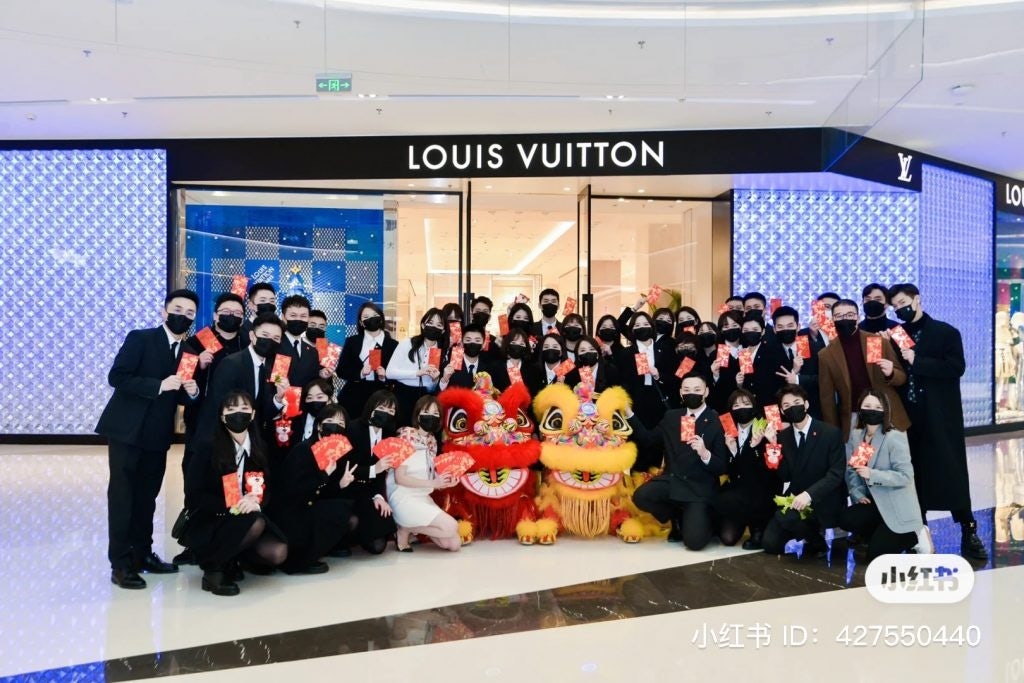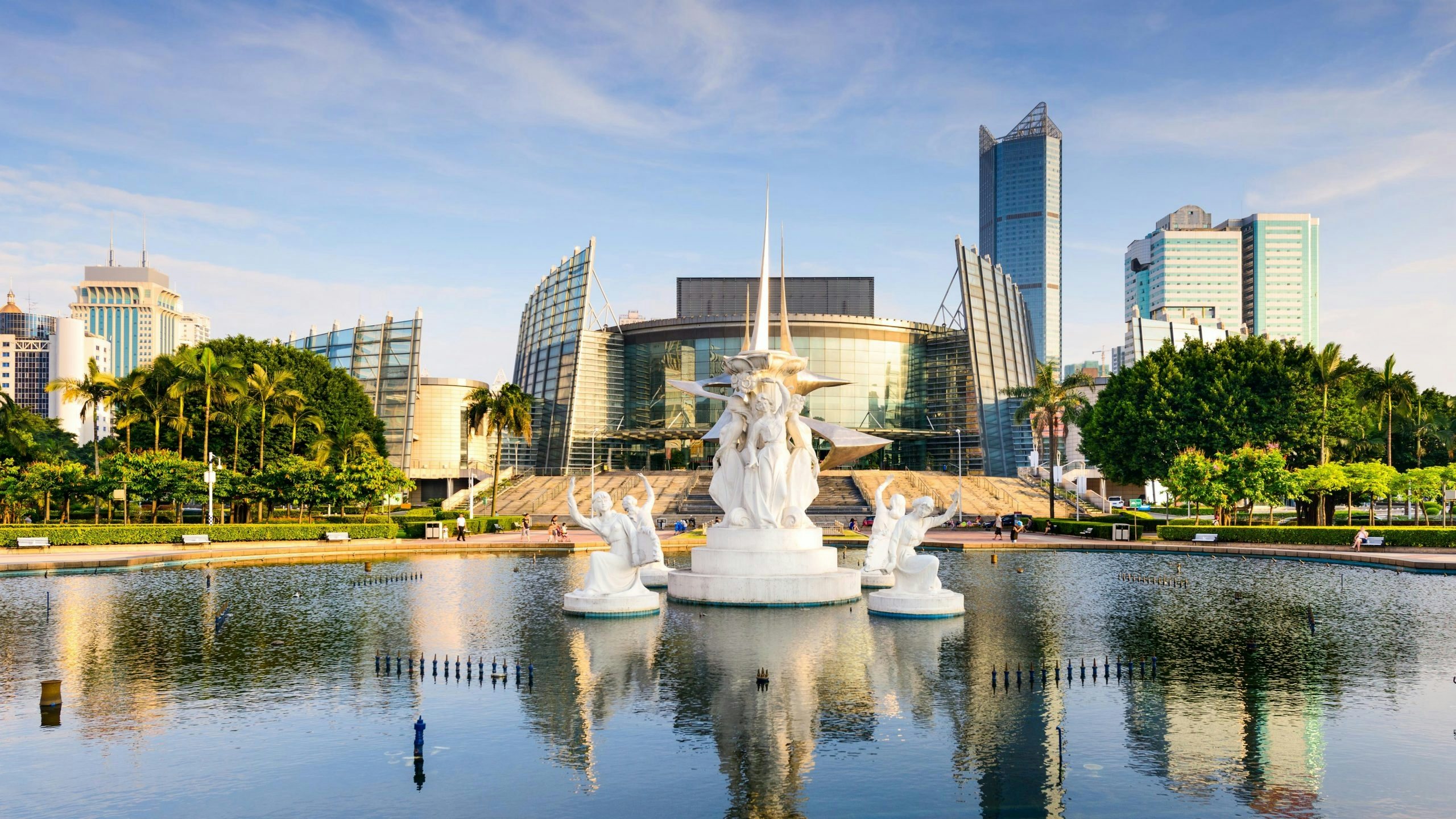What happened
China Duty Free Group (CDFG) entered into an agreement on February 21 with the Fujian Tourism Development Group to open a large-scale duty-free store in Fuzhou, the capital of the coastal Fujian Province. CDFG will invest 360 million (2.5 billion RMB) in the store and has pledged to further develop Fuzhou’s travel and duty-free retail industry. The store’s details are yet to be released.
This is not CDFG’s first attempt to enter Fuzhou. Back in 2021, Chinese media reported that CDFG would partner with a Fujian property developer to open a 6,000-square-meter Fuzhou shopping mall store in 2022. However, the plan was not completed. CDFG’s website shows that in Fuzhou, the group currently only operates a small boutique in the city’s international airport.
The Jing Take
Even if CDFG’s 360-million store in Fuzhou opens as scheduled, Fuzhou would not challenge Hainan’s dominance in China’s travel retail landscape: In 2022, Hainan’s duty-free stores generated revenue of 7.1 billion (48.7 billion RMB), down 30 percent year on year, though the decrease was largely attributable to the impact of China’s stringent lockdowns last year. During the Chinese New Year holiday in late January 2023, Hainan’s travel retail industry recovered strongly: Its 12 major duty-free stores generated revenue of 370 million (2.57 billion RMB), a 329 percent increase over the same holiday period in 2019.
However, CDFG’s Fuzhou store could herald a new direction for China’s duty-free retail industry. The Chinese State Council’s April 2022 guideline on boosting domestic consumption explicitly mentions “opening a group of duty-free stores with Chinese characteristics in Chinese cities.” Presently, China’s duty-free stores outside of Hainan are mostly located at international airports, border crossings, and marine terminals. Chinese consumers will have a much easier time traveling to and shopping at new duty-free stores in downtown areas. In addition, China’s financial analysts have noted that land prices tend to be much lower in urban areas compared with airports, giving duty-free stores more capital to attract brands and expand their size.
New duty-free stores operated by CDFG, which luxury brands have ample experience partnering with, present great opportunities for brands to penetrate China’s lower-tier cities. Because the purpose of such stores is to unlock Chinese consumers’ spending power, they are likely to be located in emerging areas across China that are yet to have a substantial luxury presence. For instance, Fuzhou itself is only a second-tier city (below first-tier and new first-tier metropolises), where average disposable income was 3,741 (25,730 RMB) per capita in the first half of 2022. That’s even lower than the 5,241 (36,048 RMB) in Xiamen, Fujian’s other major city. However, in December 2022, Louis Vuitton opened its boutique in Fuzhou’s Mixc, demonstrating the city’s luxury consumption potential.

In fact, the race to unveil new duty-free stores outside of Hainan could have started already. In early January, Beijing-based Wangfujing Group launched its first duty-free cross-border experience shop in Beijing that will include 40 renowned international brands. With CDFG joining the fray, luxury labels should pay extra attention to new duty-free retail opportunities appearing across China.
The Jing Take reports on a piece of the leading news and presents our editorial team’s analysis of the key implications for the luxury industry. In the recurring column, we analyze everything from product drops and mergers to heated debate sprouting on Chinese social media.

